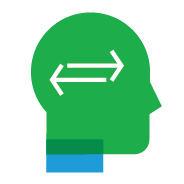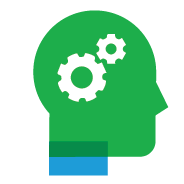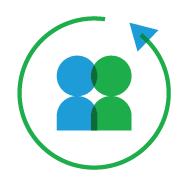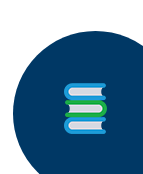Before you move on, we’ve listed down the answers to some common questions on succession planning tools and template and succession planning tools definition:
How do you write a succession plan?
One must first determine the type of succession plan desired before framing an ideal succession plan. Afterward, one has to hire a good succession planning company that devises the right succession planning strategy, foremost considering the company’s and stakeholders’ interests.
What should a succession plan include?
Succession planning should include a variety of personality, behavior and cognitive tools that provide an in-depth measurement of crucial, work-relevant personality traits and behavioral tendencies.
What is succession planning policy?
A succession planning policy is a blueprint that prepares organizations against unforeseen situations such as when key leaders or critical employees take up new opportunities, retire or pass away.
What does succession planning software do?
A succession planning software helps organizations identify potential successors, along with their proficiency and vulnerability that can later be nurtured to plan the future.
Define the succession planning system?
The succession planning system meaning, it is a process of identifying the next generation of leaders who can ensure business continuity when key leaders take up new opportunities, retire or pass away.
There are various succession planning system examples in the industry that elucidate the power of having robust and systematic succession planning.









 Behavioral Competencies
Behavioral Competencies Cognitive Competencies
Cognitive Competencies Coding Competencies
Coding Competencies Domain Competencies
Domain Competencies






































Would you like to comment?